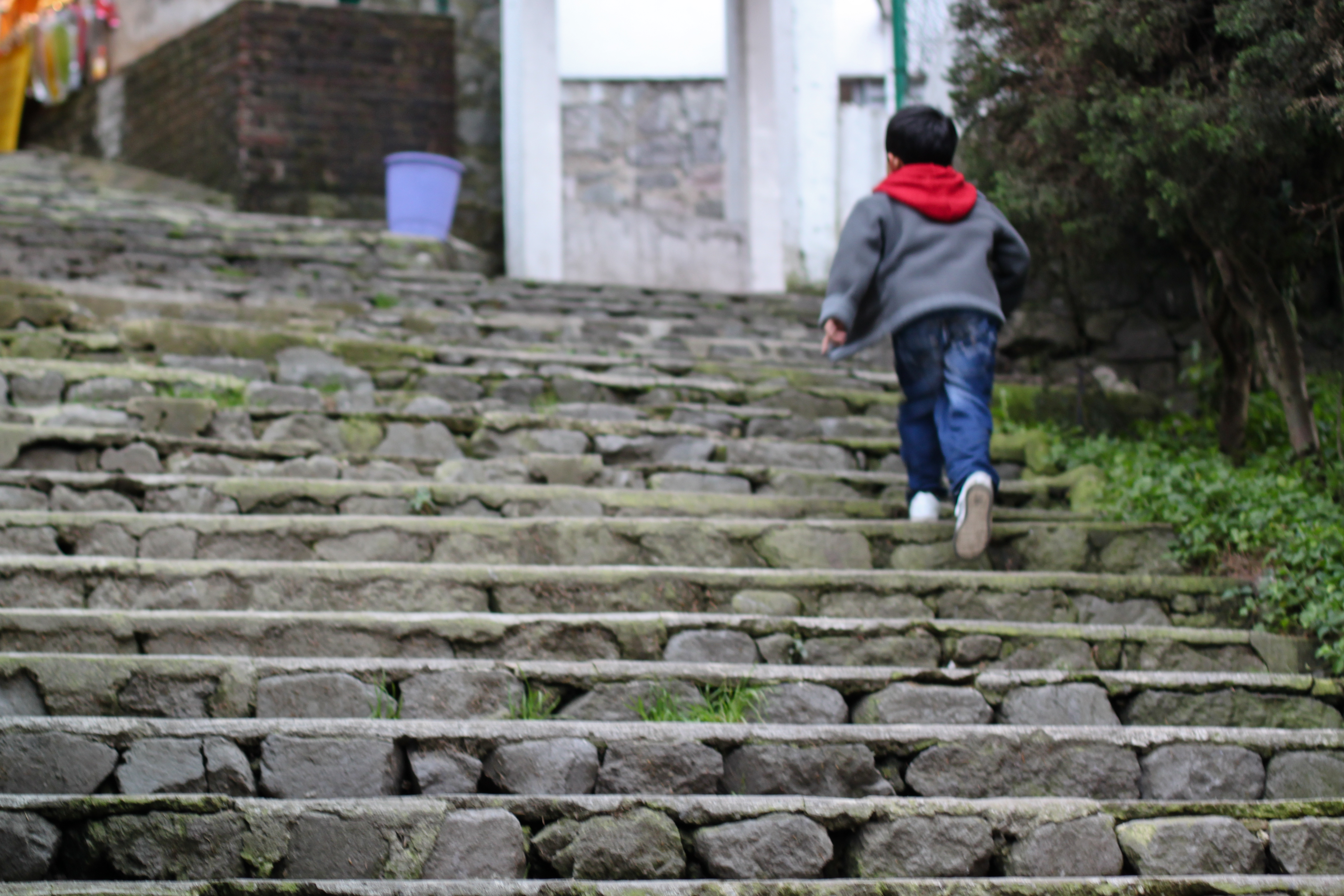Nutella Divide, Chicken Angst, and Ice-Cream Nostalgia: Fending Off Impurity in Post-Soviet Food Discourse

The heated debate on the European “Nutella divide” that hit the news in 2017 only corroborated long-established East European beliefs: After the fall of the Socialist regimes, people did not get the much longed-for western quality products. Instead, substandard goods were shipped eastwards: Adidas trainers that would not sell, Swiss knives with dull blades, expired foods with new sell-by dates. Finally there was official proof that in the East, Nutella was less creamy (smooth), Coca Cola tasted flatter and fish fingers held less fish. The offended Visegrad states complained that they were abused as European dumping ground. The manufacturers first attributed this to adjusting recipes to regional taste preferences, and also – after some probing – to lower spending power.…

